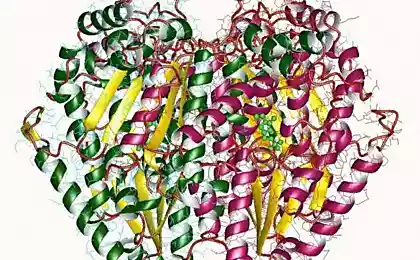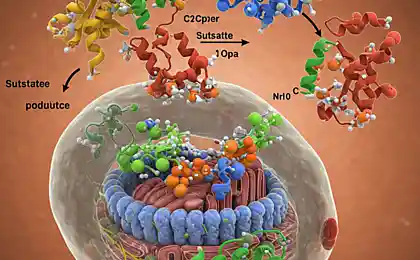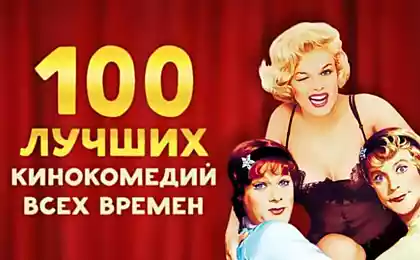157
Doctors have developed microneedles for painless injections
Specialists from the University of North Carolina proposed a technique for making microneedles filled with active enzymes or nanoparticles.
According to Moga, no one likes getting shots, but vaccines and protein drugs cannot be taken by mouth. Safe and painless delivery of vaccines and drugs requires microneedles that are able to avoid nerve cells and be long enough to pierce the outer, protective layers of human skin. Catherine A. Moga and her research team first made perfluoropolyester shapes with pyramidal holes. They are then filled with a mixture of polyvinylpyrrolidone and enzymes or nanoparticles. After that, chemists added a protective layer made of water-soluble polymer to the needles.
When lightly pressed on human skin or the skin of a live mouse, a microneedle patch pierces the surface and then releases the "stuffing." The protective layer dissolves after exposure to a few drops of water.
Tests showed that the enzyme butyrylcholinesterase remained 100% active. Polymer nanoparticles have also remained intact in the microneedle manufacturing process, making them promising and inexpensive means to deliver vaccines and nanodrugs to the subcutaneous layers.
Source: nauka24news.ru/
According to Moga, no one likes getting shots, but vaccines and protein drugs cannot be taken by mouth. Safe and painless delivery of vaccines and drugs requires microneedles that are able to avoid nerve cells and be long enough to pierce the outer, protective layers of human skin. Catherine A. Moga and her research team first made perfluoropolyester shapes with pyramidal holes. They are then filled with a mixture of polyvinylpyrrolidone and enzymes or nanoparticles. After that, chemists added a protective layer made of water-soluble polymer to the needles.
When lightly pressed on human skin or the skin of a live mouse, a microneedle patch pierces the surface and then releases the "stuffing." The protective layer dissolves after exposure to a few drops of water.
Tests showed that the enzyme butyrylcholinesterase remained 100% active. Polymer nanoparticles have also remained intact in the microneedle manufacturing process, making them promising and inexpensive means to deliver vaccines and nanodrugs to the subcutaneous layers.
Source: nauka24news.ru/























